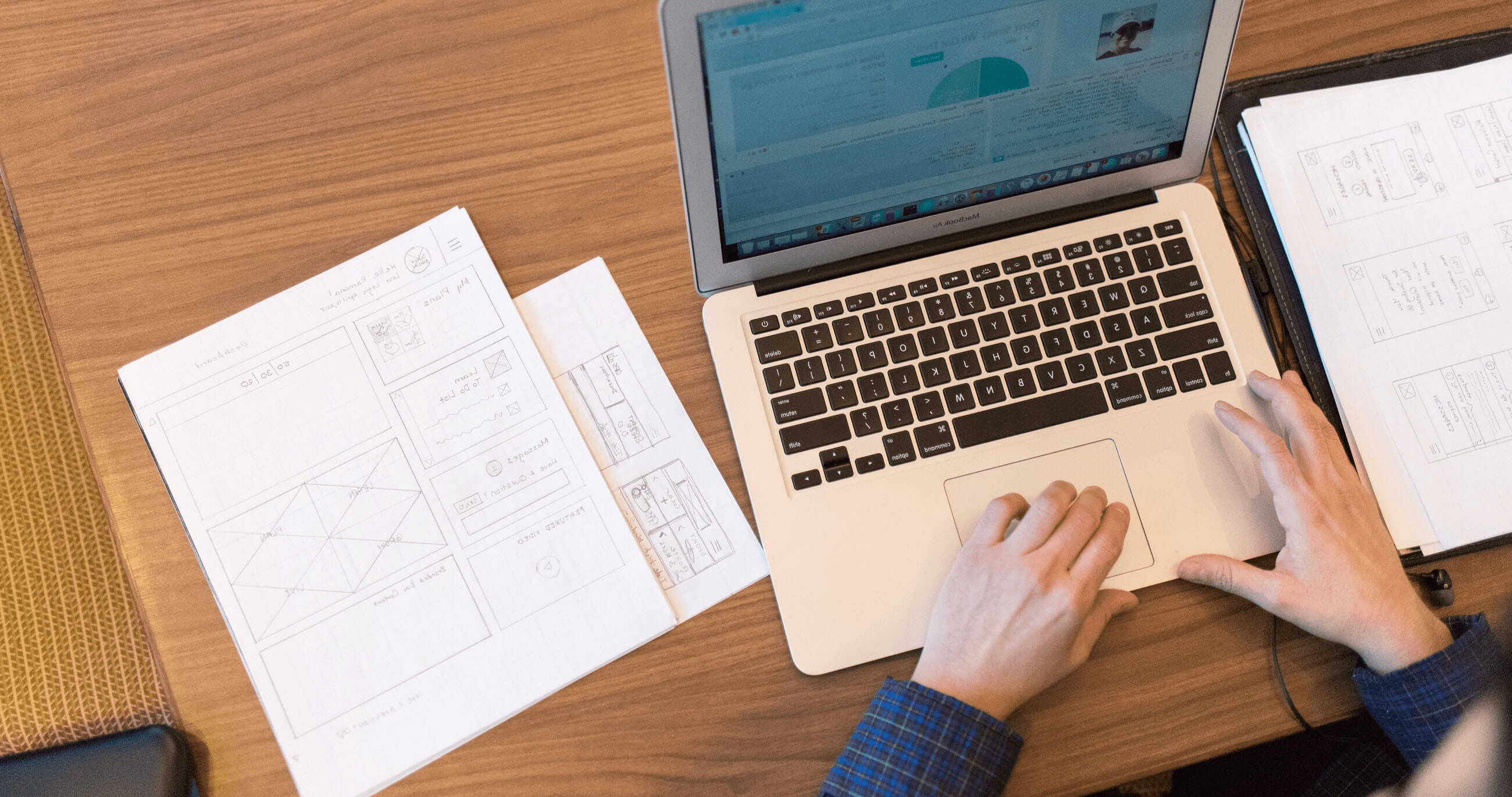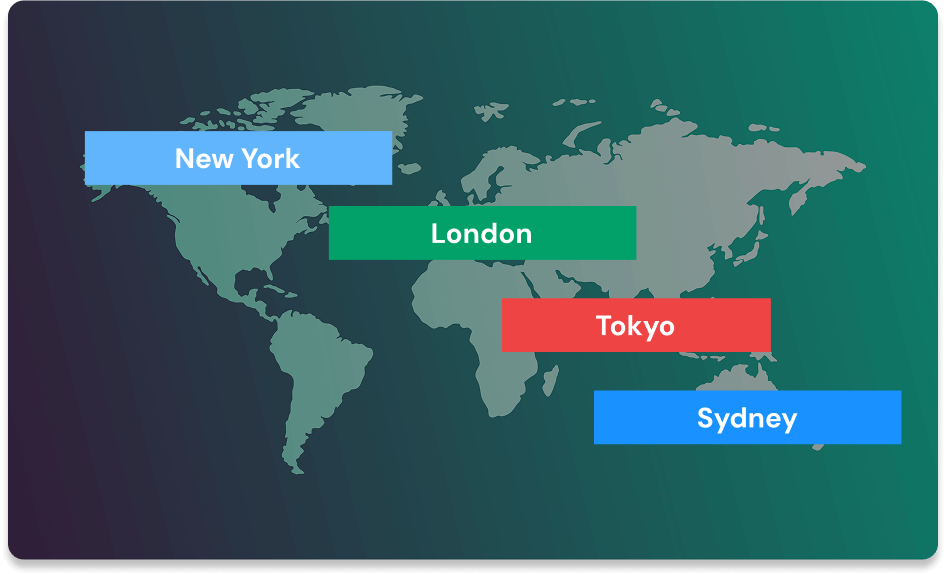Up to $5,000 Bonus this Black Friday


What is a Forex Market Hours Time Zone Converter?
A Forex Market Hours Converter is a key tool for traders that shows the opening and closing times, as well as the current time of global forex market sessions in your local time zone, at prime trade locations worldwide.
Since the forex market runs 24 hours a day across different regions - Sydney, Tokyo, London, and New York - the converter helps forex traders easily track session overlaps, identify peak trading hours, and plan strategies without the confusion of converting time zones manually.
Why Should You Use a Forex Market Hours Time Zone Converter?
You should use a Forex Market Hours Time Zone Converter because each trading session - Sydney, Tokyo, London, and New York - brings unique dynamics that can dramatically impact price movements. Liquidity and volatility often shift as prime financial hubs and their data centers come online, with the London and New York overlap typically delivering the highest market activity.
Economic data releases, such as U.S. Non-Farm Payrolls or European CPI, are also tied to specific sessions, driving sharp volatility at predictable times. By knowing exactly when these main forex trading sessions open and close in your local time, you can plan trades around peak liquidity, avoid thin markets, and better anticipate when major news events may shake the market.
How to Use a Forex Market Hours Time Zone Converter
Using a Forex Market Time Converter is simple and saves you the hassle of manual calculations. All you need to do is set the tool to your own local time zone, and it will automatically adjust the opening, closing times, and the current time of the major forex sessions, Sydney, Tokyo, London, and New York, to match your clock.
This way, you can instantly see when each market starts and ends in your local time, making it easy to plan trades, track overlaps, and stay aligned with global market activity without worrying about time zone differences.
FAQs
Read our frequently asked questions below. If you still need help, contact us today.
What are the four time zones in trading?
Which timezone is best for trading?
When does the Forex market open and close?
How can I start trading forex?
More Free Tools Brought to you by Switch Markets
Explore benefits and free extras such as other financial calculators you can get if you open an account with Switch Markets.
Forex Profit Calculator
Calculate your profits and losses before or after executing a trade with our free Forex Profit Calculator.
Forex Lot Size Calculator
Use our simple yet powerful Forex Lot Size Calculator to calculate the exact position size for each trade and manage your risk per trade like a pro.
Forex Economic Calendar
Access our free economic calendar and explore key global events on the horizon that could subtly shift or substantially shake up the financial markets.
Currency Strength Meter
Compare the performance of major currencies relative to others in real-time with our advanced Currency Strength Meter.
Forex Swap Calculator
Calculate the swap rate for holding Forex positions overnight before you execute a trade with our free Forex Swap Rate Calculator.
Forex Compound Calculator
Use our Forex compound calculator and simulate the profits you might earn on your Forex trading account.
